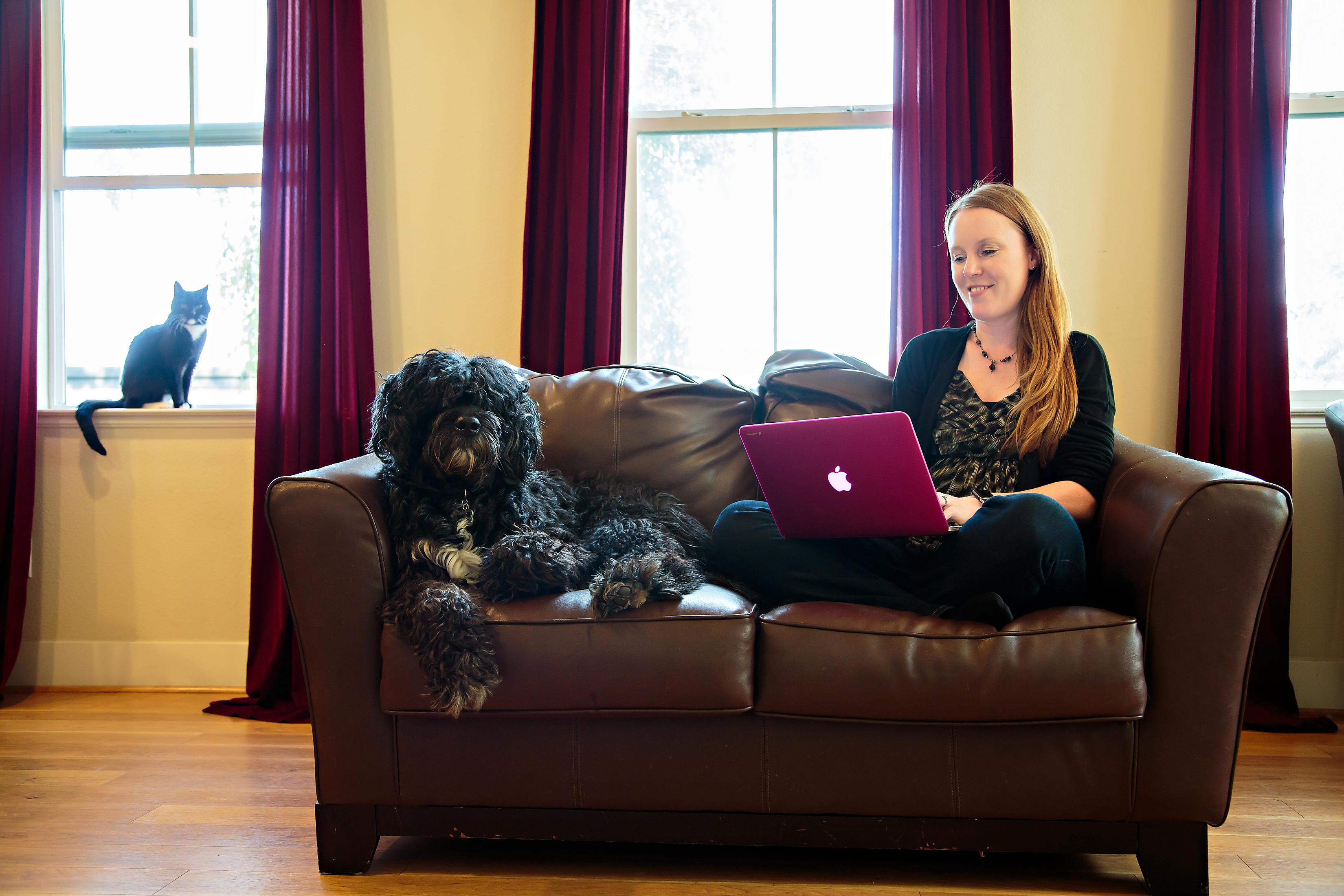Question Starters
Explore your personal connection with your idea through a series of question starters.
Style
Architect
Skill
Asking Questions
Time
15-25 minutes
THE ATTIC:
Question Starters
The purpose of asking questions in the Attic is to find what’s central in your idea and what is not. As an Architect, you may not naturally spend time on this kind of big-picture thinking before diving into the details. However, this questioning process will help you decide which details are the most important, so it will definitely save you time in the end. Make the process more enjoyable by using question starters to guide your thinking. That way, you can focus your creative energy on detailing answers rather than coming up with big-picture questions.

Materials
How to Play
- Index Cards
- Paper
- Pencil
- Timer
1. Write these question starters on index cards:
- Why does … catch my attention?
- What experiences have I had that relate to … ?
- If a friend didn’t understand why … mattered to me, how would I explain why I disagree?
- What do I wish were true about … ?
- Who do I know that reminds me of …?
- What is most important to me about …?
2. Set the timer for five minutes, and shuffle your cards.
3. Turn one over, and finish the question in a few ways that relate to your idea. Then, turn another over, and do the same.
4. Once the time is up, you’ll have a list of questions. Choose two or three that are most compelling, and free-write your answers. Set a timer for each free-write, if you like. Take two-five minutes on each answer.
5. End your session by creating a “How might I … ?” question that will help focus your attention on what you have found to be most important through the reflective process of asking and answering questions.
6. Keep your index cards! This is a game you can return to again and again, for multiple purposes.
Adaptations

See the Forest Through the Trees
If you find yourself bogged down in the details mid-project, stop and use this game to help you sort out what matters from what might not be so important. Focus on finding the pieces that should be let go, or that you can add in phase two or three. Remember, done is better than perfect. Most of the time, finishing a project gives you the opportunity for feedback, learning and growth.

Tackle A Creative Block
Try On Other Creative Styles

The Question Bullseye

What If ... ?

Importance Interview
FOR COLLABORATORS
Explore what’s most important to you in your idea by digging deep with a friend.
Wondering What Your Creativity Style Is?

Your creativity is like a fingerprint: completely unique to you. That said, by understanding how you fit (or don’t) into one of four creativity archetypes, you can more easily identify your approach to the creative process. Think of the creativity styles as hats. You may wear one most of the time, but another on special occasions. Your unique blend of personas will affect how you approach each phase of the creative process.


